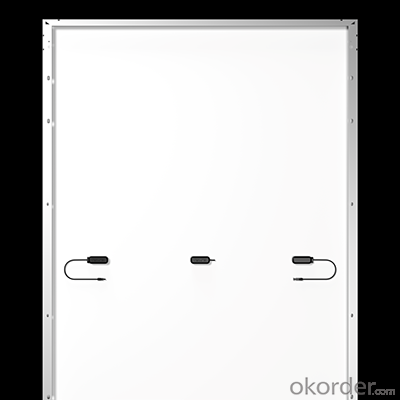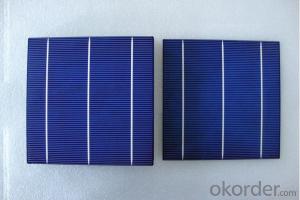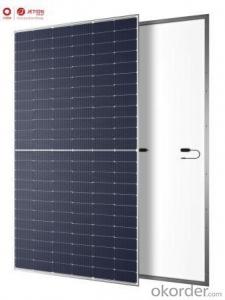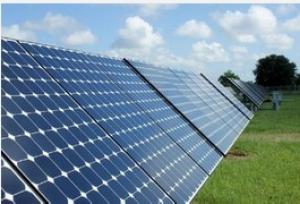Chipped Solar Cells Jink Solar 550W Mono Tiger Pro Series
- Loading Port:
- SHANGHAI
- Payment Terms:
- TT OR LC
- Min Order Qty:
- 720 pc
- Supply Capability:
- 72000 pc/month
OKorder Service Pledge
OKorder Financial Service
You Might Also Like
Specification
Specification
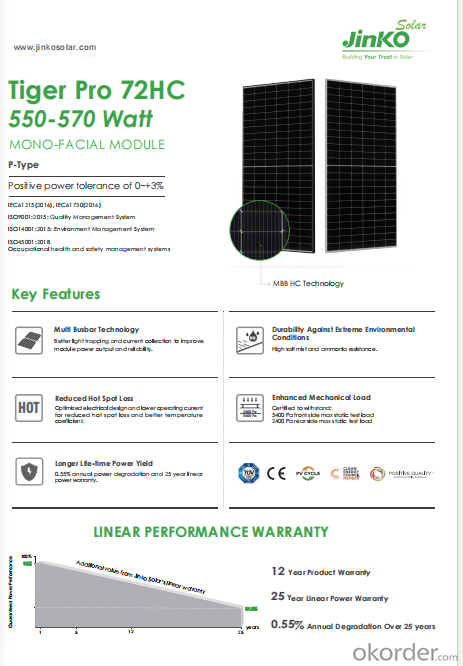

Company presentation
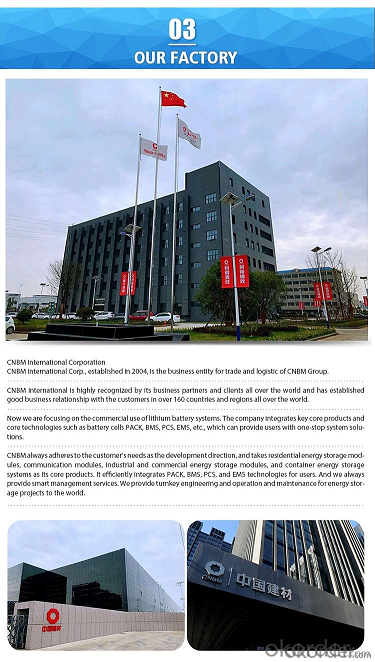

RFQ
Q: Do you have CE?A: Yes, our products are approved by CE.Q: Is OEM &ODM available in your factory ?A: Yes, you just offer us necessary documents and then we will produce the products as your requirements.Q: What is your Packing details?A: 1.Wooden case or carton package,standard export packages2.All of the productions are inspected carefully by QC before delivery.Q: What is your Delivery time?A: Usually, we make merchandise inventory. If we have the products in stock, the delivery time is 5-10 days after receiving the deposit; If we don’t have the products in stock, we will arrange the production right now. The delivery time will be 10-30 days. It depends on the quantity of order.Q:Why choose us?A: 1. Ready To Ship 2. Sample Available 3. One-Stop Service 4. Online customization5. Many years' experiences of manufacturing and service available in 24hours
- Q: How do solar cells contribute to reducing greenhouse gas emissions?
- Solar cells contribute to reducing greenhouse gas emissions by generating electricity from sunlight, a renewable and clean source of energy. By harnessing solar power, solar cells eliminate the need for conventional fossil fuel-based electricity generation methods, such as burning coal or natural gas, which release large amounts of greenhouse gases into the atmosphere. Therefore, the widespread adoption of solar cells helps decrease our dependence on fossil fuels, mitigates climate change, and contributes to a more sustainable future.
- Q: Can solar cells be used in mobile devices?
- Yes, solar cells can be used in mobile devices. In fact, many modern smartphones and tablets are equipped with solar panels or have the capability to be charged using solar energy. This allows for increased energy efficiency and convenience, especially when used in outdoor or remote locations.
- Q: Can solar cells be used in remote locations?
- Yes, solar cells can be used in remote locations. Solar cells generate electricity by converting sunlight into energy, making them suitable for areas with limited access to the power grid or where it might be challenging or expensive to connect to traditional energy sources. They are often deployed in remote locations like rural areas, deserts, mountains, or islands to provide a reliable and sustainable source of power.
- Q: What is the accurate explanation for the sun solar cell power system? How does it work?
- The sun solar cell power system work in following way: Solar cell module can convert solar energy into electrical energy, and solar energy charging and discharging control device as a central control device.
- Q: What are the advantages of monocrystalline silicon and polycrystalline silicon in solar power?
- In the use of solar energy, monocrystalline silicon and polysilicon also play a huge role. Although the current terms, to make solar power has a larger market, the majority of consumers to accept, we must improve the efficiency of solar cell photoelectric conversion, reduce production costs. From the current development of international solar cells can be seen that the development trend of monocrystalline silicon,
- Q: Can solar cells be installed on sloped surfaces?
- Yes, solar cells can be installed on sloped surfaces. In fact, solar panels are commonly installed on sloped rooftops to harness sunlight efficiently. However, the angle of the slope may affect the overall energy output, so it is important to consider the optimal tilt and orientation of the solar panels for maximum efficiency.
- Q: How do solar cells impact the local economy?
- Solar cells can have a positive impact on the local economy in several ways. Firstly, the installation and maintenance of solar panels create job opportunities, stimulating employment and income growth within the community. Additionally, solar energy reduces the reliance on imported fossil fuels, leading to reduced energy costs for local businesses and residents. This, in turn, frees up funds that can be reinvested in the local economy, fostering economic development. Moreover, solar power can also generate revenue for local governments through tax incentives and property value increases. Overall, solar cells contribute to a more sustainable and prosperous local economy.
- Q: What is the environmental impact of manufacturing solar cells?
- The environmental impact of manufacturing solar cells primarily stems from the production of raw materials, energy consumption during manufacturing processes, and waste generation. The extraction and processing of minerals, such as silicon, cadmium, and silver, required for solar cell production can result in habitat destruction, water and air pollution, and carbon emissions. Additionally, the energy-intensive manufacturing processes, including refining, purification, and crystallization, contribute to greenhouse gas emissions. However, it is worth noting that compared to conventional energy sources, the overall environmental impact of solar cell manufacturing is relatively low and can be offset by the clean energy produced throughout their lifecycle.
- Q: Can solar cells be used in off-grid applications?
- Yes, solar cells can definitely be used in off-grid applications. Off-grid systems rely on solar energy to generate electricity, making solar cells an ideal and sustainable solution for powering remote locations, cabins, boats, and other off-grid setups. Solar cells capture sunlight and convert it into electrical energy, which can then be stored in batteries for use during periods of low or no sunlight. With advancements in technology, solar cells have become more efficient and affordable, making them a practical choice for off-grid applications.
- Q: What is the impact of solar cells on reducing electricity bills?
- Solar cells have a significant impact on reducing electricity bills as they generate renewable energy from the sun, which can be used to power homes or businesses. By harnessing solar power, individuals can reduce their reliance on traditional electricity sources, resulting in lower monthly bills. Additionally, excess energy produced by solar cells can be fed back into the grid, earning credits or payments that further offset electricity costs. Overall, solar cells provide a sustainable and cost-effective solution for reducing electricity bills.
Send your message to us
Chipped Solar Cells Jink Solar 550W Mono Tiger Pro Series
- Loading Port:
- SHANGHAI
- Payment Terms:
- TT OR LC
- Min Order Qty:
- 720 pc
- Supply Capability:
- 72000 pc/month
OKorder Service Pledge
OKorder Financial Service
Similar products
Hot products
Hot Searches
Related keywords





